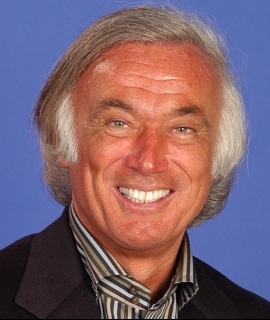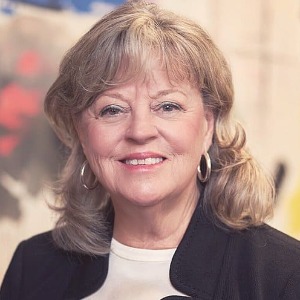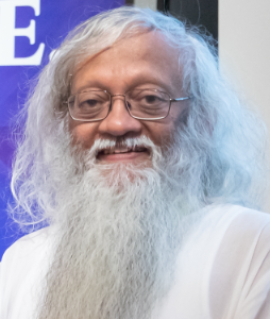10th Edition of International Conference on
Alexander Technique
The Alexander Technique is a method of body alignment that was developed more than a century ago by the well-known actor and teacher of posture, Frederick Matthias Alexander. This technique is an innovative technique that promotes precise body movements and can be applied in a variety of ways to improve the overall functioning of the body and reduce tension. It is based on the premise that the way we move impacts the way we think, feel and respond to our environment. The practice of the Alexander Technique is based on observations of the body and the way our muscles and joints interact with each other. Through breath awareness and body scanning, the technique allows patient's the ability to become mindful of their body movements and how to find more efficient postural alignment. By improving posture and gait, many individuals experience better range of motion, ease of movement and improved balance, strength and coordination as well as relief from pain and tension. The Alexander Technique has been utilized by a variety of medical professionals to assist in the treatment of conditions such as back pain, neck and shoulder pain, joint mobility and general rehabilitation. Individuals dealing with chronic pain, stress, anxiety and fatigue have also found relief through its practice. It has also been used in traditional medical settings to help promote overall wellbeing and to help practitioners more efficiently address patient complaints. The Alexander Technique is a non-invasive practice that utilizes the power of the mind in order to achieve physical and mental relaxation and balance. The practice helps individuals become aware of their movements and reeducate the body in order to move with greater ease. As such, it is an integral part of traditional medicine and can be integrated into many traditional forms of therapy. With the ability to reduce pain, improve mental and physical prowess, and offer overall wellbeing, the Alexander Technique is an important tool in the healing repertoire and can be applied to a variety of conditions.

Kenneth R Pelletier
University of California School of Medicine, United States
Marilyn Allen
American Acupuncture Council, United States


